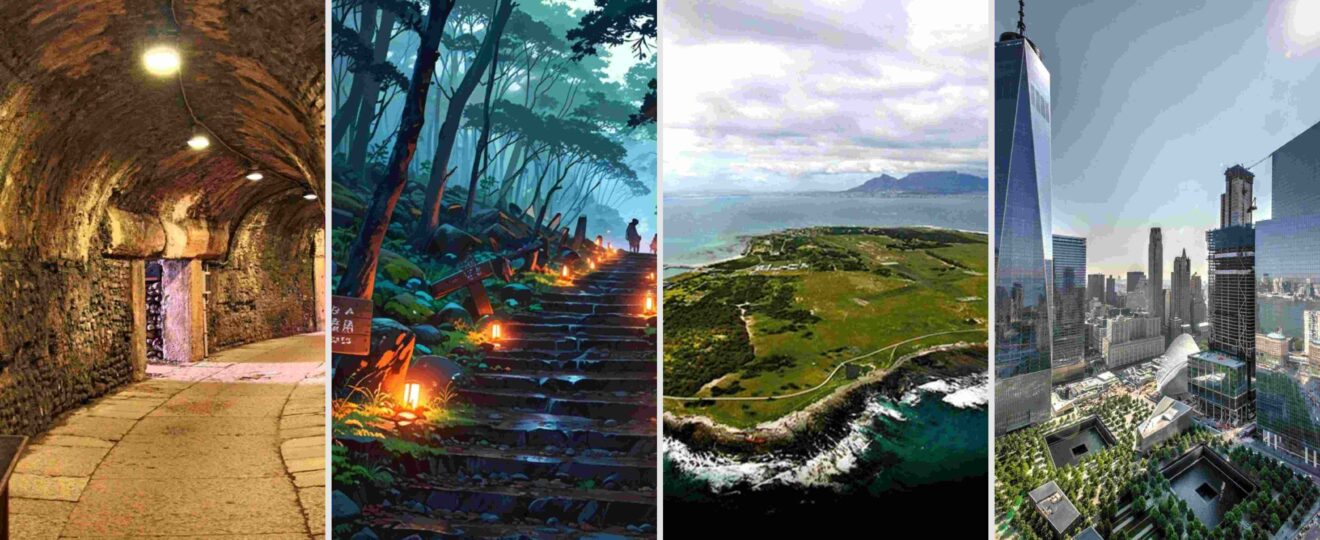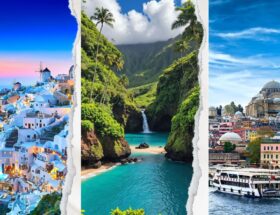Dark tourism involves traveling to places associated with death, tragedy, or suffering. These destinations force visitors to confront humanity’s darkest moments. Think of battlefields, abandoned asylums, or genocide memorials. People visit these sites to learn, reflect, or pay respects. It’s not about entertainment. It’s about understanding history’s raw truths.
Why Dark Tourism Exists
Humans are drawn to stories—even painful ones. Dark tourism sites reveal how societies cope with trauma. They teach lessons about resilience, injustice, and human error. Some visitors seek closure for personal grief. Others want to honor victims. Many leave with a renewed commitment to preventing future horrors.
Chernobyl: A Frozen Disaster
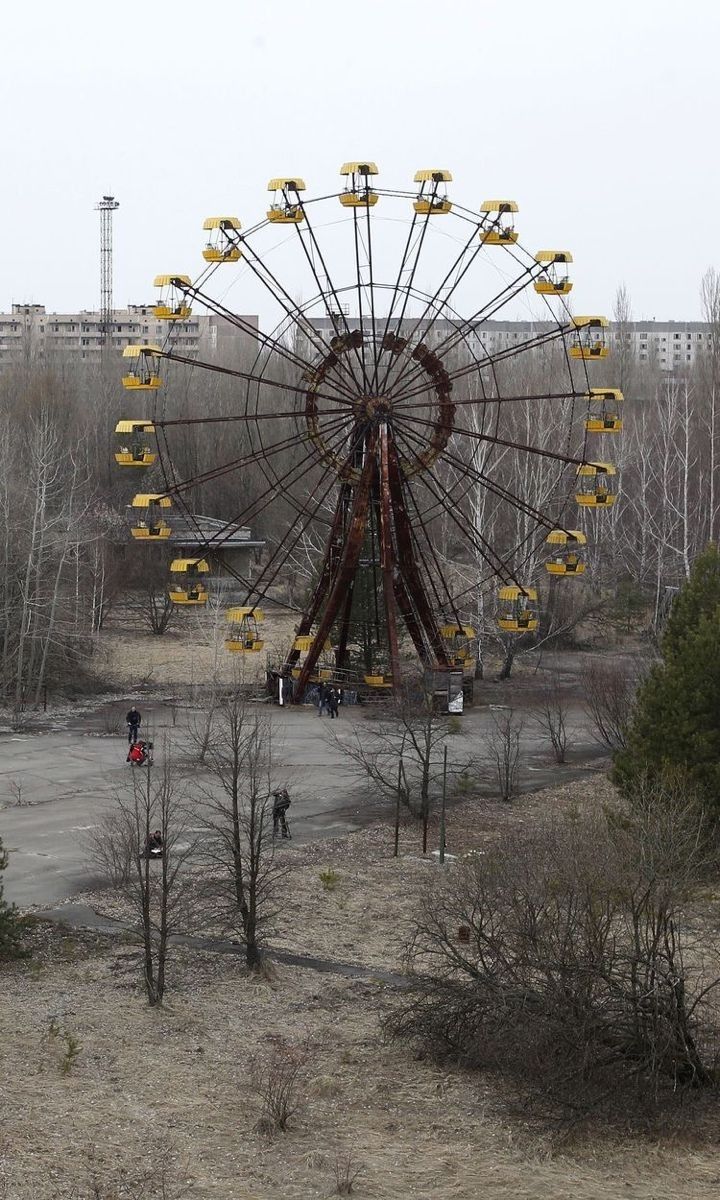
Image Credit: Pinterest
The Chernobyl Exclusion Zone in Ukraine immerses visitors in the 1986 nuclear disaster. Abandoned schools, hospitals, and homes still hold toys, photos, and diaries. Radiation detectors beep softly as guides explain the cleanup. Tours highlight stories of firefighters who died containing the meltdown. The site warns of environmental neglect and the cost of secrecy.
Auschwitz-Birkenau: Confronting the Holocaust
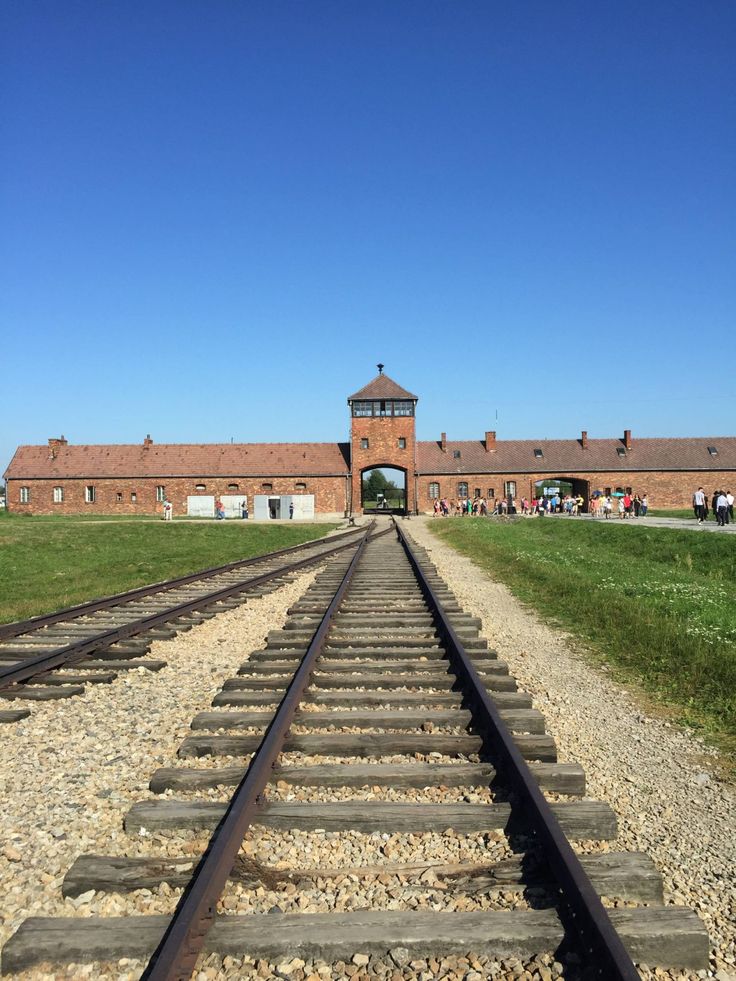
Image Credit: Pinterest
Auschwitz in Poland stands as a stark reminder of Nazi atrocities. Visitors walk through barracks where prisoners slept on wooden planks. Glass cases display piles of shoes, suitcases, and hair. The gas chambers and crematoriums remain intact. Survivors’ audio recordings play in the museum. The experience leaves many in tears. Auschwitz teaches the dangers of propaganda and dehumanization.
Hiroshima’s Atomic Legacy

Image Credit: Pinterest
Hiroshima’s Peace Memorial Park centers around the Genbaku Dome—the only building left standing after the 1945 atomic bomb. The museum exhibits clocks stopped at 8:15 a.m., fused glass bottles, and shadows burned into stone. Survivors, known as hibakusha, sometimes share their stories. Hiroshima’s message is clear: nuclear weapons must never be used again.
New York’s 9/11 Memorial & Museum

Image Credit: Pinterest
The 9/11 Memorial in New York features twin reflecting pools where the World Trade Center towers once stood. Names of victims line the edges. Underground, the museum displays twisted steel beams, burned fire trucks, and voicemails from victims. Exhibits honor first responders and explore the global impact of terrorism. The site balances grief with hope, showing how communities rebuild.
Paris Catacombs: Bones Beneath the City
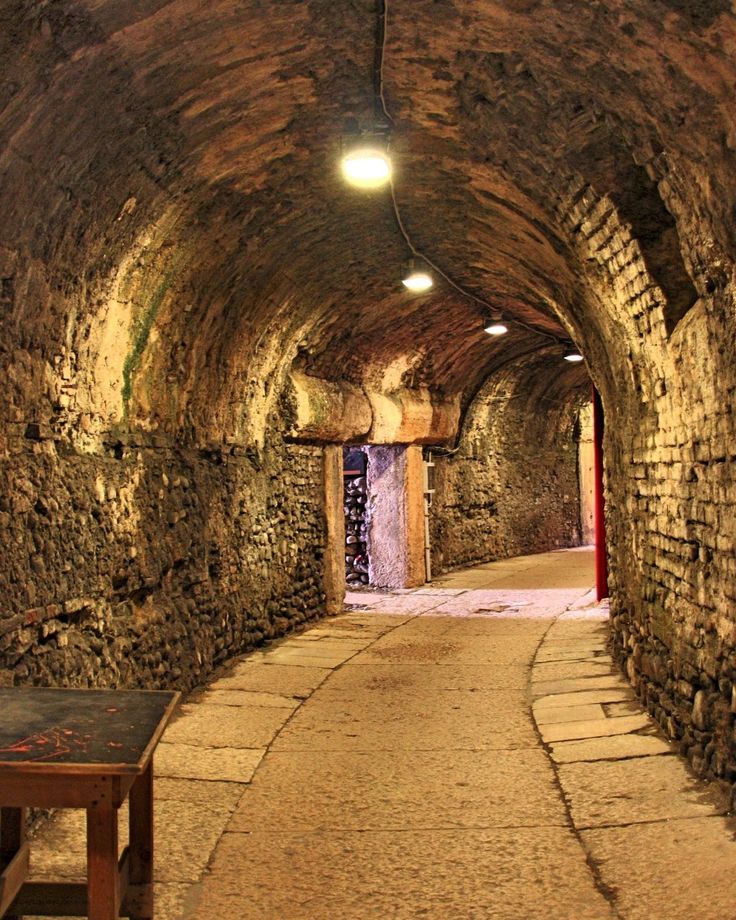
Image Credit: Pinterest
Beneath Paris lie tunnels holding six million skeletons. The catacombs were created in the 18th century to solve cemetery overcrowding. Skulls and femurs stack into eerie patterns on the walls. Visitors walk damp corridors, reading plaques like “Remember, you too will die.” The site merges history, art, and existential reflection.
Pompeii: Preserved in Ash
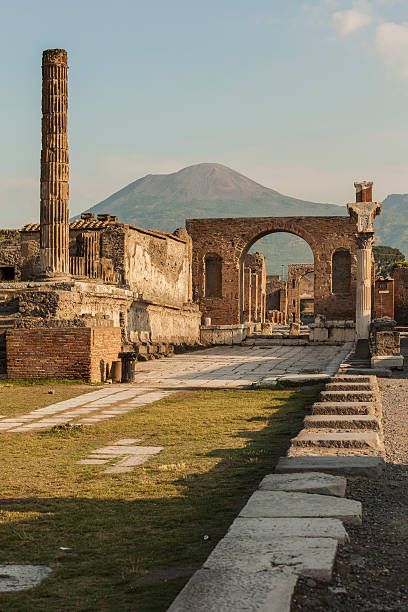
Image Credit: Pinterest
Mount Vesuvius buried Pompeii in 79 AD, freezing the Roman city in time. Excavated ruins reveal bakeries with petrified bread, frescoed villas, and plaster casts of victims. The casts capture people mid-scream, clinging to loved ones. Pompeii teaches about daily life in ancient Rome—and nature’s unpredictable wrath.
Robben Island: Mandela’s Prison of Resilience

Image Credit: Pinterest
Robben Island, off South Africa’s coast, imprisoned Nelson Mandela for 18 years. Former political prisoners lead tours, sharing stories of forced labor and secret resistance. The limestone quarry where inmates worked blinded many from sun glare. Mandela’s tiny cell symbolizes apartheid’s cruelty—and the power of forgiveness.
Cambodia’s Killing Fields and Tuol Sleng
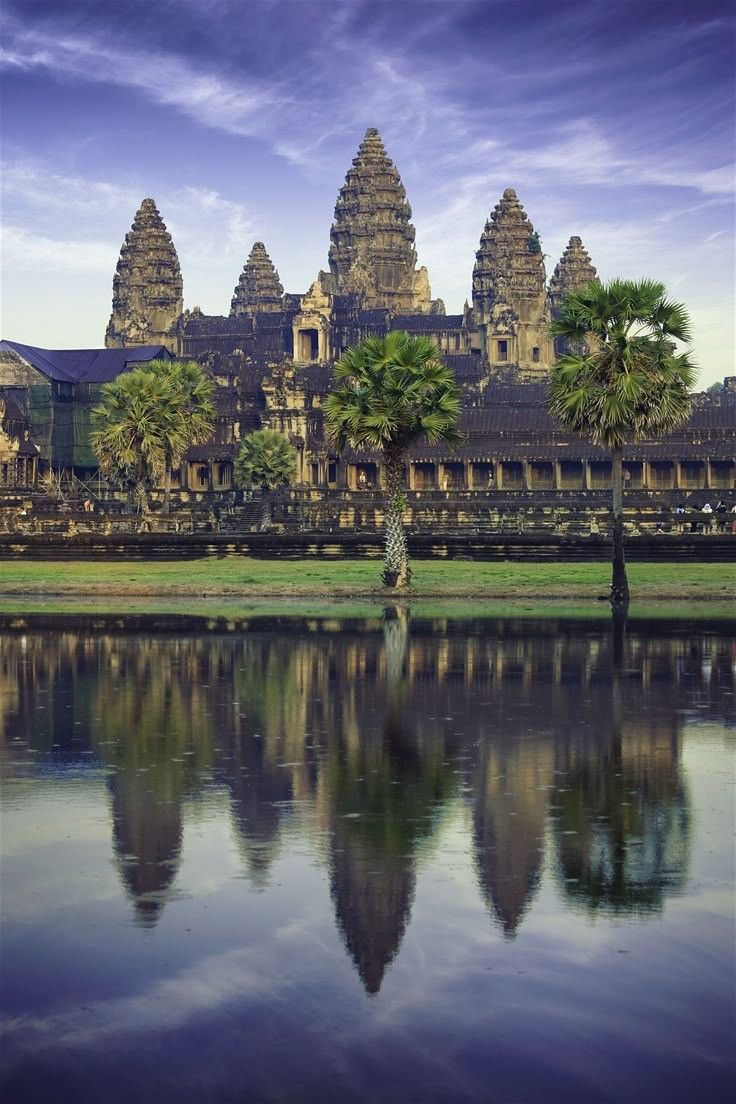
Image Credit: Pinterest
The Killing Fields of Choeung Ek and Tuol Sleng Prison in Phnom Penh expose Khmer Rouge brutality. At Choeung Ek, mass graves hold thousands of skulls. Tuol Sleng, a former school turned torture center, displays bloodstained floors and prisoner photos. These sites confront visitors with the horrors of ideological extremism.
Aokigahara Forest: Japan’s Silent Struggle

Image Credit: Pinterest
Aokigahara Forest, near Mount Fuji, is infamous for suicides. Signs in Japanese and English plead: “Your life is precious.” The dense trees and volcanic rock create an unsettling silence. Debates rage about media coverage’s role in glamorizing tragedy. Mental health advocates urge compassion over sensationalism.
The Ethics of Dark Tourism
Critics argue dark tourism risks exploiting pain. Selfies at mass graves or disaster zones can feel disrespectful. However, many sites rely on tourism to fund preservation and education. The key is mindful behavior: listen to survivors, follow guidelines, and avoid treating trauma as spectacle.
How to Be a Responsible Visitor
Research the site’s history beforehand. Dress modestly—no flashy clothing. Keep voices low and phones silent. Never take souvenirs like rocks or artifacts. Support local guides and donate to memorial funds. Ask: “Am I honoring victims or satisfying curiosity?”
Dark Tourism’s Educational Power
These sites turn abstract history into tangible lessons. A child’s doll in Auschwitz or a bombed classroom in Hiroshima makes statistics personal. They challenge visitors to confront uncomfortable truths about war, racism, and environmental neglect. Schools often organize trips to spark discussions about ethics and human rights.
Controversies: Profit vs. Remembrance
Some communities resent tourism profiting from their pain. For example, Chernobyl’s “stalker” tours attract thrill-seekers, upsetting survivors. However, ethical operators employ locals and fund preservation. Cambodia’s Killing Fields use entry fees to maintain memorials and support survivors. Transparency about where money goes matters.
Lesser-Known Dark Tourism Gems
- Patarei Prison, Estonia: A Soviet-era jail with peeling propaganda posters and freezing cells.
- Jing-Mei White Terror Park, Taiwan: Documents martial law executions and political repression.
- Sighet Prison, Romania: A museum exposing communist-era torture methods.
These sites offer deep dives into 20th-century struggles without crowds.
Disaster Tourism: Learning from Catastrophe
New Orleans’ Hurricane Katrina tours show homes still bearing flood marks. Guides explain levee failures and community resilience. In Thailand, the 2004 tsunami museum in Khao Lak uses survivor videos and wave simulations. These trips highlight climate change risks and the importance of disaster preparedness.
The DMZ: Korea’s Divided Landscape
South Korea’s DMZ tours take visitors to the world’s most heavily fortified border. Peek into North Korea through binoculars at the Joint Security Area. Infiltration tunnels and propaganda villages reveal Cold War tensions. The DMZ symbolizes unresolved conflict and hopes for reunification.
Alcatraz: America’s Notorious Prison
Alcatraz Island in San Francisco Bay housed infamous criminals like Al Capone. Audio tours feature ex-guards and inmates describing escape attempts and solitary confinement. The prison’s cold, damp cells and bay views highlight themes of punishment and isolation.
The Future of Dark Tourism
Virtual reality (VR) could let users “walk” through reconstructed historical sites. Augmented reality (AR) apps might overlay survivor testimonies onto ruins. However, physical visits still evoke deeper empathy. The challenge is balancing access with preservation—keeping sites intact without sanitizing their stories.
Psychological Impact on Visitors
Dark tourism can trigger sadness, anger, or anxiety. Sites like Rwanda’s Genocide Memorial, where skulls line the walls, leave lasting impressions. Travelers should mentally prepare and debrief afterward. Journaling or discussing the experience helps process emotions.
Media’s Role in Shaping Perceptions
Films and books often romanticize dark sites. Schindler’s List increased visits to Krakow’s Jewish Quarter. Netflix’s Dark Tourist series sparked debates about ethical travel. Media can educate but risks trivializing trauma. Seek authentic sources, like survivor memoirs or academic articles.
Dark Tourism and Local Communities
In Rwanda, genocide memorials are run by survivors who share personal stories. Tourism revenue funds education and reconciliation programs. In contrast, some residents near Cambodia’s Killing Fields feel overshadowed by tragedy. Engaging respectfully with locals ensures tourism supports healing—not harm.
Planning a Thoughtful Trip
Choose sites aligned with your values. Read survivor accounts or historical books first. Book small-group tours for deeper insights. Pair heavy visits with uplifting activities—like a nature hike after a prison tour. Allow time to reflect each day.
Why Dark Tourism Matters
These sites preserve collective memory. They remind us to fight injustice and protect the vulnerable. As Holocaust survivor Elie Wiesel said: “To forget the dead would be akin to killing them a second time.” Dark tourism turns passive remembrance into active vigilance.
Pick a destination that challenges you. Walk the beaches of Normandy’s D-Day battlegrounds. Stand in the shadow of Rwanda’s genocide memorials. Let these places reshape your understanding of courage and cruelty. Carry their lessons home. Dark tourism isn’t about morbid curiosity. It’s about bearing witness. Listen. Reflect. Act. These sites remind us: History’s darkest chapters must inform a brighter future.

